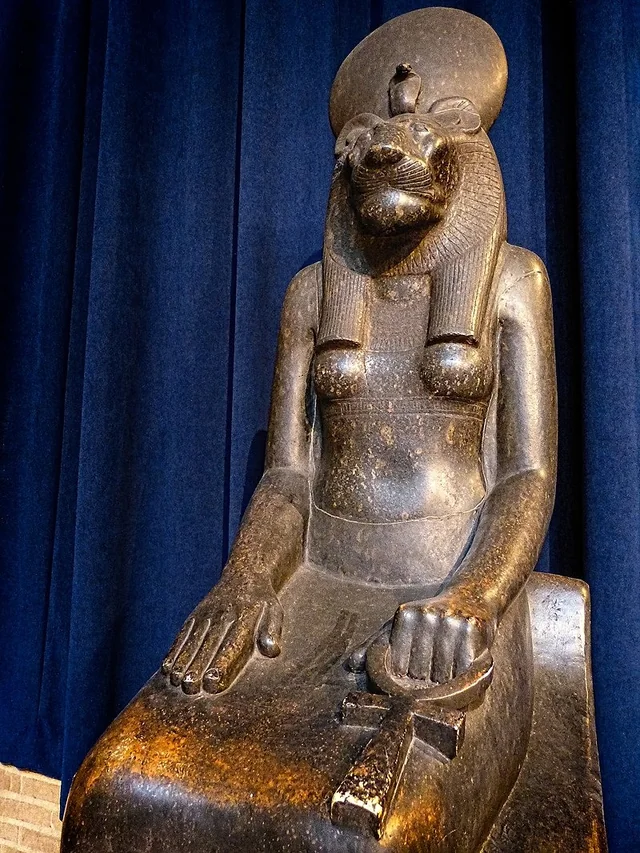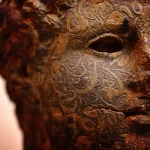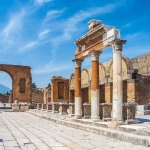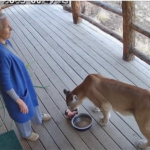Black granite statue of the goddess Sekhmet
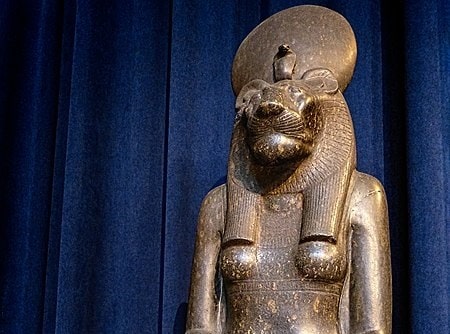
Statue of the Goddess Sekhmet – “Mistress of Dread”
Excavated at the Ramesseum, Thebes | Late 18th Dynasty (1405–1367 BC)
Originally commissioned by Amenhotep III for the Mut Temple at Karnak; later relocated to the west bank of the Nile by Ramesses II
University of Pennsylvania Museum
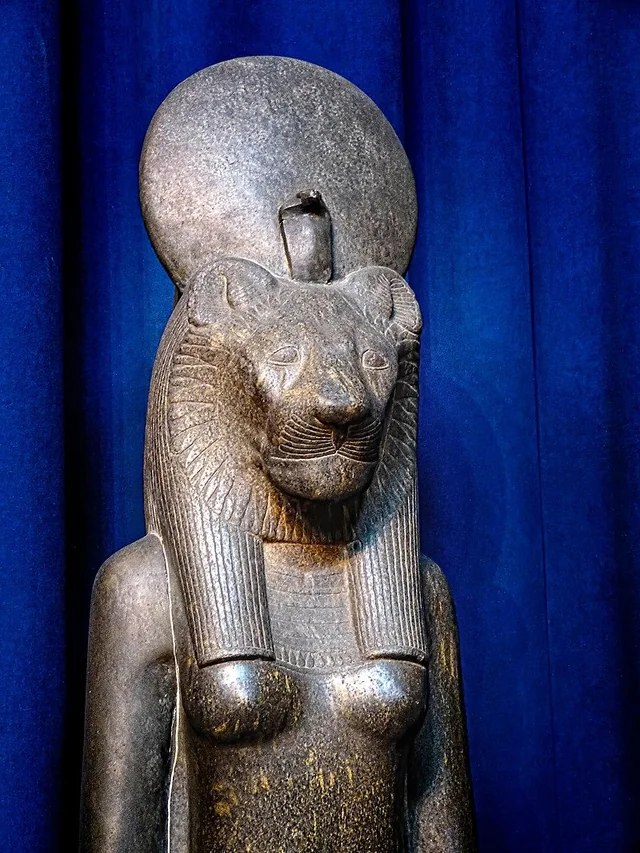
The lion-headed goddess Sekhmet is among the most frequently represented deities in ancient Egyptian art. Thousands of small amulets depict her seated or standing, often holding a papyrus-shaped scepter. Yet, what most captivates Egyptologists and art enthusiasts alike are the hundreds of monumental granodiorite statues of Sekhmet commissioned by Pharaoh Amenhotep III during the 18th Dynasty. These statues, now dispersed among museums and archaeological sites, serve as enduring symbols of the goddess’s power and significance.
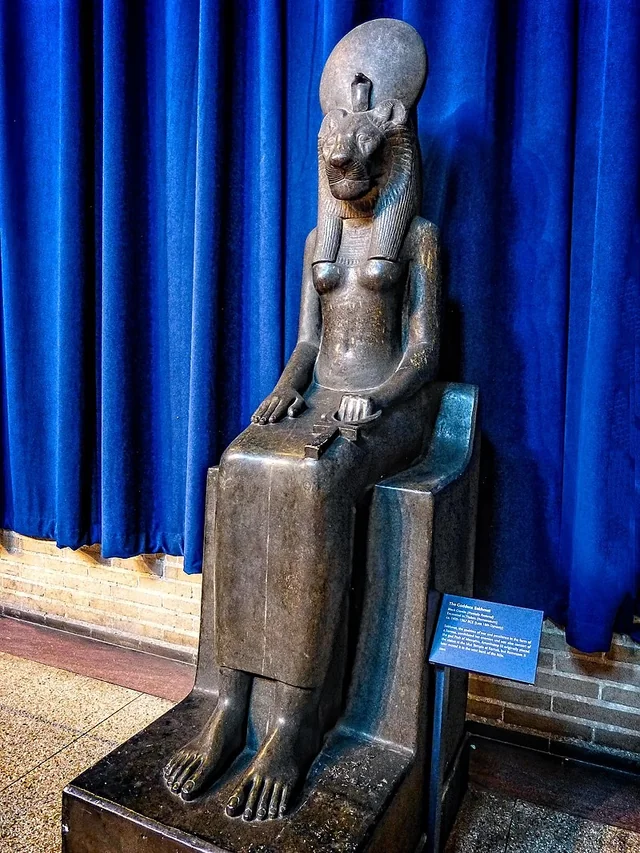
Originally a mother goddess in the Old Kingdom, Sekhmet became, in the New Kingdom, the consort of Ptah, the creator god of Memphis. However, she is most renowned as the Eye of the Sun — the fierce, radiant, and protective manifestation of the solar creator. Her name, meaning “The Powerful One,” is perfectly embodied in her formidable appearance as a woman with the head of a lioness. The solar disc atop her head represents her connection to the sun god Ra, while the uraeus rising from her forehead identifies her as a royal daughter of Ra.
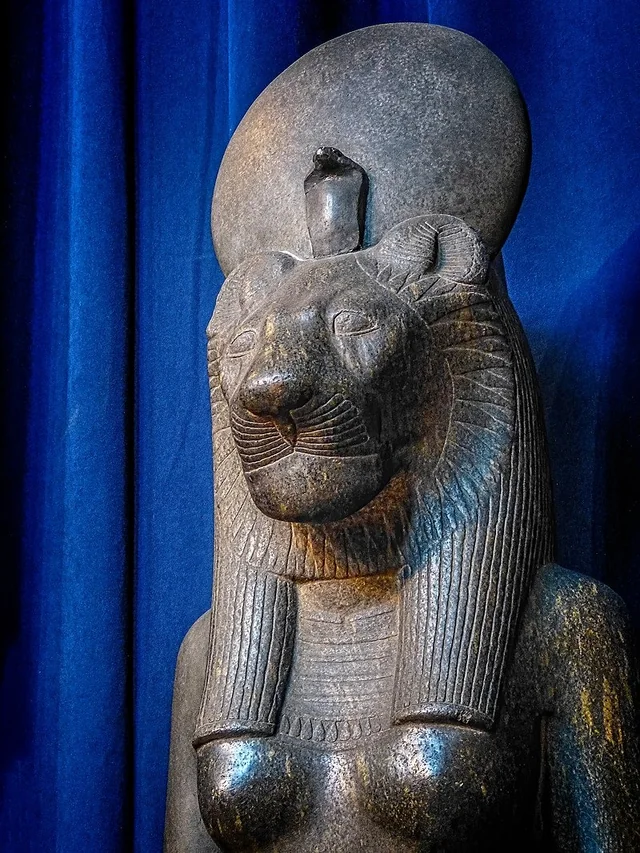
In her hands, Sekhmet often holds a papyrus scepter and the ankh, the symbol of life, underscoring her dual nature as both a bringer of destruction and a giver of life — particularly through the life-giving inundation of the Nile. Her imagery and attributes occasionally overlap with those of other feline goddesses, most notably Bastet. Ancient inscriptions clarify that these deities were manifestations of a single divine essence: Hathor, the great mother of the gods.
